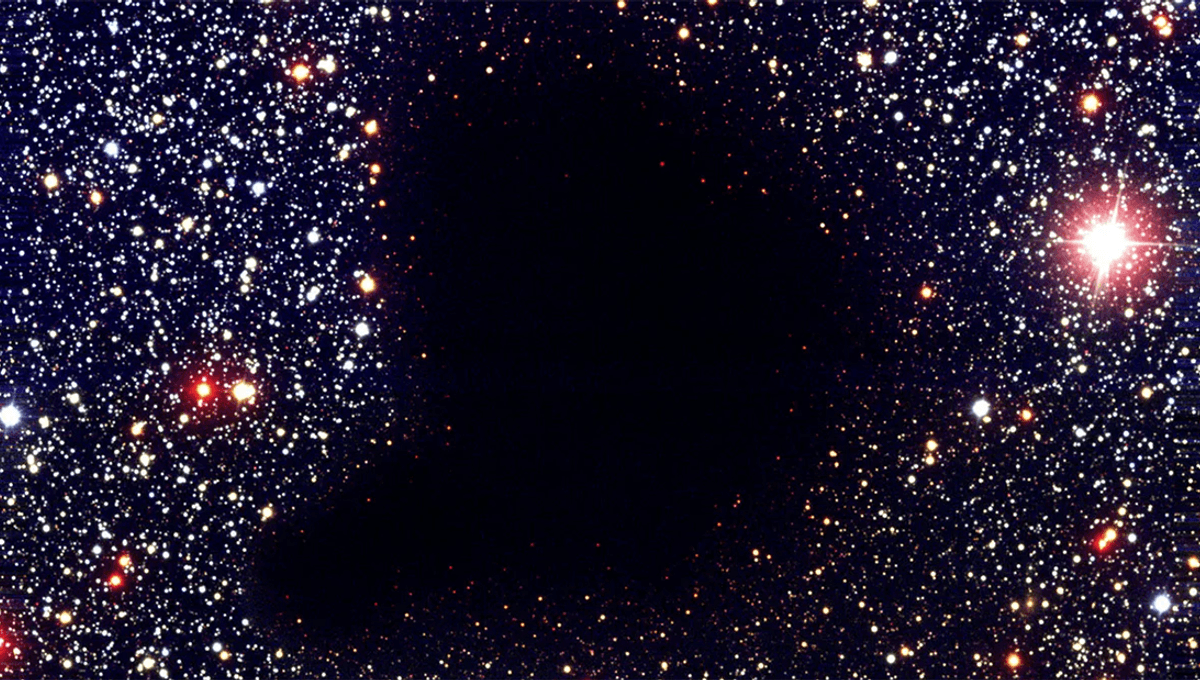
Earlier this week we reported the story of three stars that back in July 1952 disappeared within an hour from the night sky forever, leaving behind a mystery with several possible explanations. But these are not the only stars that have gone missing, not by a long shot. In 2019, the Vanishing and Appearing Sources during a Century of Observations (VASCO) project attempted to catalog how many stars have disappeared from view in the last 70 years and found around 100 missing without a concrete explanation.
The VASCO project compared images taken by the US Naval Observatory from 1949 onwards with images from the Pan-STARRS sky survey between 2010 and 2014. The software used by the team came back with around 150,000 potential sources of light that had disappeared in the intervening years.
They then cross-referenced with other datasets to narrow it down further. This process left them with 24,000 candidates, which they then manually went through to exclude camera malfunctions and other errors. At the end of it, they had around 100 promising candidates for real sources of light that disappeared from our view.
Stars may dim like Betelgeuse or explode as a supernova leaving an afterglow for hours or days, but generally do not simply vanish from view. One possible explanation is that they failed to go supernova, instead collapsing into a black hole. This is thought to be incredibly rare at less than 1 in 90 million, however, and would likely not explain why so many points of light have gone missing. A later study by VASCO, looking at further vanishing candidates, placed the failed supernova detection rate at less than 1 in 600 million.
Other possibilities could be gravitational lensing, where space-time is warped by immensely heavy objects, sometimes magnifying objects far into the distance, or other brief bursts of light such as gamma-ray bursts getting captured in older surveys. Closer moving objects, such as asteroids, could also account for these disappearances.
While studying these objects is of interest to astrophysics who may have to explain mechanisms for star disappearance, one of the motivating factors behind the search was a lot more out there: the search for a Dyson Sphere, a hypothetical way advanced civilizations could harness the power of a star by surrounding it with solar panels. Searching these transients could (and that’s a pretty big could) lead us to an advanced civilization.
“If a region of the sky has a tendency to produce an unexpectedly large fraction of candidates relative to the background, this region or ‘hot spot’ may deserve some extra attention.” a different team wrote in their 2019 paper in The Astronomical Journal.
However, the follow-up study did not identify good candidates for Dyson Spheres either, leaving us with a whole lot of missing stars and not much by way of explanation.
Source Link: Hundreds Of Stars Have Vanished Without A Trace. Where Did They Go?